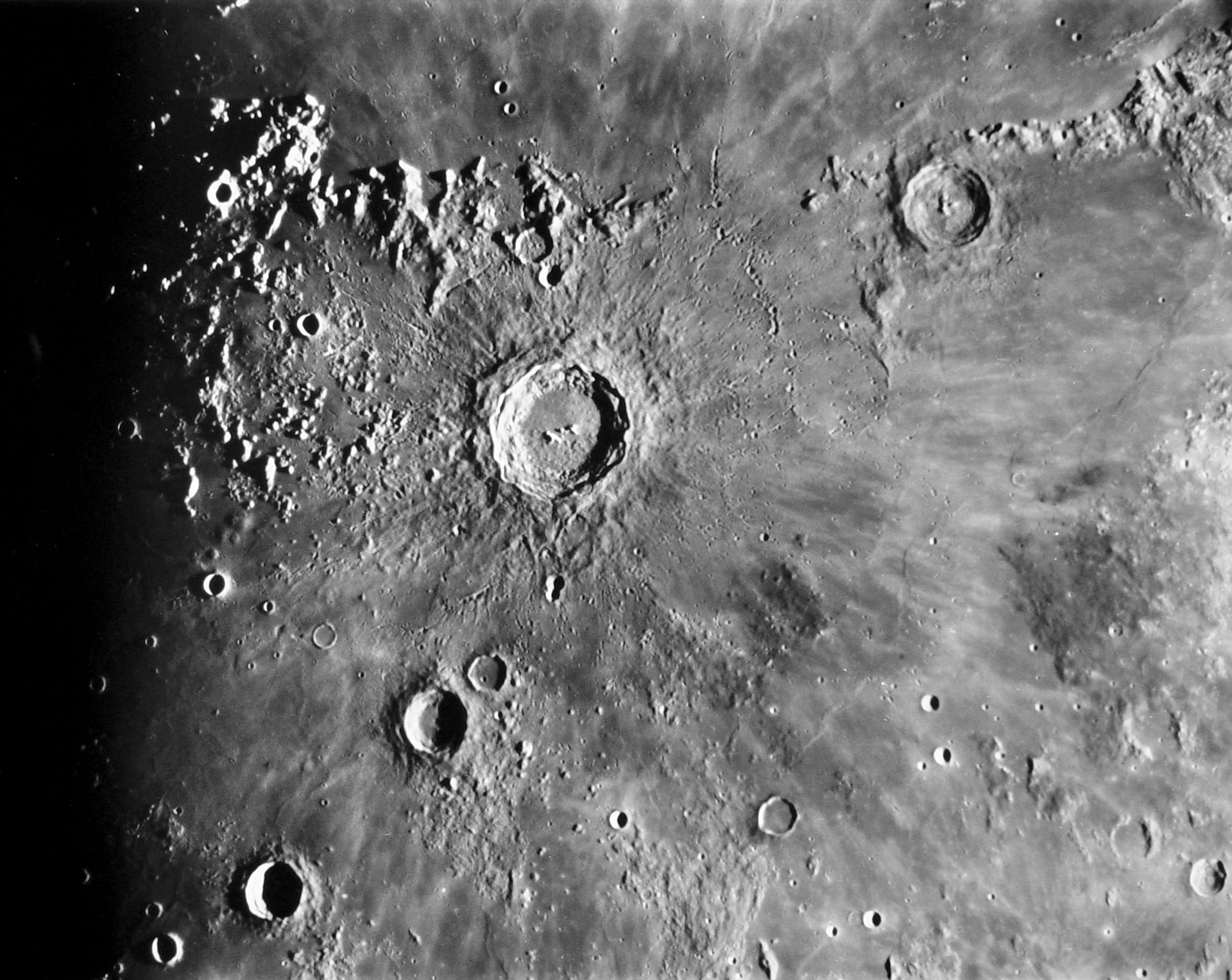
Photo: LPL/University of Arizonaįurthermore, the process yielded scientifically valuable insights.


Lunar and Planetary Laboratory graduate student William Hartmann takes one of the images for the Rectified Lunar Atlas, which used an image projected onto a white globe to remove distortion. Although the idea had been suggested before, the Rectified Lunar Atlas was probably the best use ever made of the technique. Near the edges of the visible portion of the Moon, the shapes of features shifted, with ovals becoming circles and squiggly lines becoming detailed structures. By moving around the globe, the surface features then appeared as they would from overhead. To correct for this, the group made a white globe three feet in diameter, then projected a high-quality telescopic image onto it from down the hallway. But even on the side facing the Earth, the areas away from the centre always appear distorted. The Moon always keeps the same face toward the Earth.

But the group realised they could do better than this. The Lunar and Planetary Laboratory’s first lunar atlases simply consisted of the best images from a telescope. Looking at the Moon from another direction Once I started learning the stories and talking to those involved, though, I came to appreciate the number of extraordinary things that were done in that era as a result of the political race to the Moon. Similarly, I didn’t think much about the groundwork that went into mapping the Moon until I ended up at the Lunar and Planetary Laboratory. I eventually spent my career studying rocks from space. But when I got the chance to study Apollo samples in graduate school, it’s not surprising that I gravitated to them. Like most of us who watched all those missions, I didn’t really expect to go into space science or aerospace engineering. Photo: Lunar and Planetary Laboratory/University of ArizonaĪs a child, I was focused on the accomplishments of the astronauts, starting with the day in 1961 that the principal burst into my kindergarten classroom to tell us that Alan Shepard had been launched into space, and culminating in the Apollo 11 landing in 1969.Īlso read: How the Indian Government Celebrated the Moon Landing A telescopic image of Copernicus Crater on the Moon, taken as part of a lunar atlas project, using a telescope built in the Arizona mountains by Gerard Kuiper.
Moon atlas kupier series#
Later they used images from robotic spacecraft to the Moon to produce a series of increasingly sophisticated atlases of the lunar surface. Suddenly, the niche pursuit of making maps of the Moon had turned into a national priority.įor the next several years, Kuiper’s Lunar and Planetary Laboratory produced progressively better images of the Moon, using telescopes built for the purpose. Kennedy announced that a national goal for the decade was to send a man to the Moon and back safely. There he could take advantage of the region’s mountaintops and clear skies, and the university’s willingness to move into a field of study that defied traditional departmental boundaries. Kuiper proceeded, though, and by 1960, he had moved his small operation to the University of Arizona in Tucson. Furthermore, Kuiper wanted to make a map, and that’s the sort of thing that geologists, not astronomers, do. After all, telescopes were designed to look at distant objects, and the Moon is rather close, and boring as well, since its appearance doesn’t change.

That was indicative of the astronomical community’s general attitude toward the Moon. At the time, the best lunar atlases had hand-drawn images, and Kuiper wanted to use state-of-the-art telescopes to make a photographic atlas. At an International Astronomical Union meeting in 1955, noted astronomer Gerard Kuiper asked for suggestions and collaborators on a project to make a map of the Moon.


 0 kommentar(er)
0 kommentar(er)
